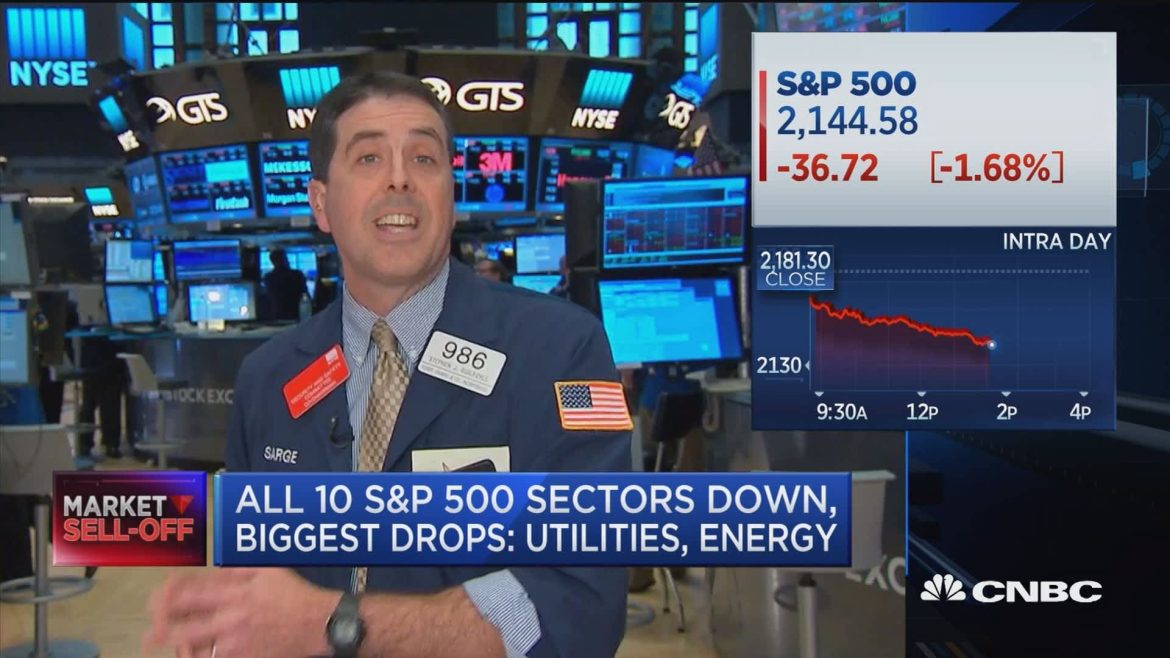Introduction:
The US stock market is a dynamic and complex entity that plays a crucial role in the global economy. With its vast array of investment opportunities and potential for substantial returns, it has garnered the attention of investors worldwide. However, navigating the stock market requires careful analysis, research, and a deep understanding of its intricacies. In this article, we will explore the US stock market, its functioning, the factors influencing its performance, and provide insights on how investors can make informed decisions.
- Understanding the US Stock Market
The US stock market, often referred to as Wall Street, consists of various exchanges, the most prominent being the New York Stock Exchange (NYSE) and the Nasdaq Stock Market. These exchanges provide a platform for companies to issue and trade stocks, enabling investors to buy and sell shares.
Major Stock Exchanges:
- New York Stock Exchange (NYSE): The largest stock exchange in the world, the NYSE has a long-standing history and is known for hosting many of the world’s leading companies.
- Nasdaq Stock Market: Primarily home to technology companies, the Nasdaq has gained prominence in recent years and is known for its high-growth and innovative listings.
Stock Indices:
- Dow Jones Industrial Average (DJIA): Comprising 30 large, publicly traded companies, the DJIA serves as a benchmark for the overall health of the stock market.
- S&P 500: A broader index, representing the performance of 500 large-cap companies, the S&P 500 is widely regarded as a reliable indicator of the US stock market’s performance.
- Factors Influencing the US Stock Market
Several factors impact the performance and volatility of the US stock market. Understanding these factors is essential for investors to make informed decisions.
Economic Indicators:
- Gross Domestic Product (GDP): Changes in GDP growth rates can significantly affect the stock market. High GDP growth often translates into increased corporate profits, leading to positive market sentiment.
- Unemployment Rate: Lower unemployment rates indicate a strong economy, boosting consumer spending and corporate earnings, which can drive stock prices upward.
Interest Rates and Monetary Policy:
- Federal Reserve Policy: Decisions made by the Federal Reserve, such as interest rate adjustments and quantitative easing, can have a substantial impact on stock prices.
- Bond Yields: Rising bond yields may lead investors to shift their investments from stocks to bonds, potentially causing stock market downturns.
Geopolitical Factors:
- Trade Policies: Changes in trade policies, tariffs, or geopolitical tensions can create market uncertainty and impact the performance of certain sectors or industries.
- Global Events: Major global events, such as political instability or natural disasters, can have ripple effects on the US stock market.
Making Informed Investment Decisions
Investing in the stock market involves risks, but with a strategic approach, investors can enhance their chances of success.
- Research and Due Diligence:
- Fundamental Analysis: Analyzing a company’s financial health, including its earnings, revenue growth, and balance sheet, helps investors assess its intrinsic value.
- Technical Analysis: Studying stock price patterns, volume trends, and other market indicators can help investors identify potential buying or selling opportunities.
- Diversification:
- Spreading investments across different sectors, industries, and asset classes can reduce risk exposure and protect against volatility in specific areas of the market.
- Long-Term Perspective:
- Investing with a long-term view allows investors to benefit from the power of compounding and reduces the impact of short-term market fluctuations.
Conclusion:
The US stock market provides vast opportunities for investors to grow their wealth, but it requires diligent

